Open Fire Cooking 101
I want you to imagine a world where an open fire produces something much more than simply roasting hotdogs and marshmallows. Because a campfire for cooking was never intended to be only for the Boy Scouts and individuals who love the outdoors. It was also never meant to keep you from enjoying meals that were packed full of flavor while sleeping underneath the stars. Let’s talk about open fire cooking 101.
Open Fire Cooking 101
An open fire for cooking provides you with yet another dynamic way to socialize with others, and also to help you create wonderful smoked flavors that your stovetop could never do. But in order to do this, I’d like to share with you a few of the do’s and don’ts when using this cooking method. I’m about to broaden your horizon to open fire cooking, 101 – where anything is possible! In case you missed this post, How To Make A Dutch Oven Stand Cheap

Go with the Right Kind of Firewood
You don’t want to be that guy with a fire that has billowing smoke coming from your flame. Not only is this the sure sign of an amateur, but it will also leave your neighbors choking for air, and maybe even a few unpleasant glares from some of them. The best way to avoid this is to make sure that you are using dry, seasoned firewood instead of going with wood that’s recently been cut or is still “green.” Most campgrounds will have it available if you can’t find any on your own, but you may want to call ahead just to be safe.
Use the Right Cooking Gear
As you may already know, plastic cookware will not be able to withstand the heat of an open fire. This is why you should plan on going with metal cookware instead. Also, be sure to avoid purchasing pots and pans that have rubber-coating on their handles because they won’t hold up to the high heat in the long run. So instead, go with an aluminum pot lifter for easy transporting. If you want to play it safe while picking out appropriate cooking gear, make sure that it’s stated as being intended for outdoor use.
Having the right cookware is not only about having the proper utensils and other cooking apparatus. What you are wearing is also extremely important. Wearing a pair of flip-flops or sandals while next to a fire is only asking for trouble. You need to be wearing close-toed shoes that are able to handle the heat while you’re cooking. Getting yourself a good pair of heavy-duty gloves is something else you should think about. And lastly, consider wearing trousers and long sleeves so that an unsuspected ember doesn’t burn you.
Dutch-Oven-Chart.pdf-for-BlogCarefully Consider What You Plan on Cooking
Cooking over an open fire should be something that is both fun and safe. In order to keep it that way, you should avoid cooking foods that contain a bunch of fat or grease, or ones that require the use of cooking oil. All of these are notorious for causing flare-ups that can become very dangerous in a small amount of time.
However, if you still plan on cooking foods such as bacon, brats, or steaks, be sure to do so using a dutch oven rather than a frying pan. That way you have more protection and fats and greases don’t splatter as easily, which can lead to an out-of-control fire. 6-Quart Dutch Oven
Be Patient with Your Flame
You may think that just because you have a flame going it means that it’s time to start cooking, but you’d be wrong. The truth is, it takes about 30 to 45 minutes before an open fire reaches the right conditions for cooking. So if you don’t want to be the obvious rookie that starts cooking prematurely and has to backtrack because their fire has gone out, you’ll need to learn to be patient.
You will know that you have reached the right cooking point when there are glowing coals resting beneath a smaller flame. I’d also advise you to start out with smaller logs and kindling when you’re first starting out and then add your larger pieces of wood.
Don’t Place Your Food Directly Over the Flame
Unless you prefer your meals burnt to a crisp, you shouldn’t be cooking directly over the flame. What you should do is build the fire off to one side of your fire pit and gradually move the hot coals to the other side. You can cook your vegetables in aluminum wrapping above the coals. Keep in mind that if you have a camp grill it is okay to place it directly over the fire where it can be used to boil water, grill vegetables, or roast different kinds of meat.
Avoid Overcooking
Even after you have removed the food from the direct heat source, that doesn’t mean that it’s done cooking. There’s actually a carryover time where food cooks for a bit longer even when you think it’s sitting out and cooling. Some foods will continue to cook for as much as 20 minutes after it’s been removed from the heat. The best way to avoid overcooking your meal is to remove it from the open flame just before you think it’s done.
Open Fire Cooking Doesn’t Have to be Boring
Who says that cooking over an open fire means that you’re limited to only eating foods that don’t have a lot of flavors? Thanks to Country Living, they’ve provided 39 easy camping dinner recipes that ensure you will have many tasty meals for the days ahead. In case you missed this post, The Best Dutch Oven Pizza Recipe
Keep a Bucket of Water Close By
One last thing for you to remember when cooking over an open fire is to always have a bucket or two of water nearby. The last thing you need is for the flames to get out of control or for the embers to start flying off elsewhere. There’s a good chance that you’ll never have to use the bucket of water, but it’s better to be safe than sorry. I have a hose close to the chair I’m sitting near our firepit just to be safe. This is my favorite Hose Nozzle!! You can turn the water to spray using a number of different handy settings.
Final Word
As long as you follow these do’s and don’ts about open fire cooking, you’ll look like you know what you were doing even if it’s your first time. How do you feel about open fire cooking 101? Share your tips with us, I’m sure many of you have some awesome ideas to share! May God Bless this world, Linda.
Copyright Images: Cooking Over Campfire Deposit photos_438226562_s-2019

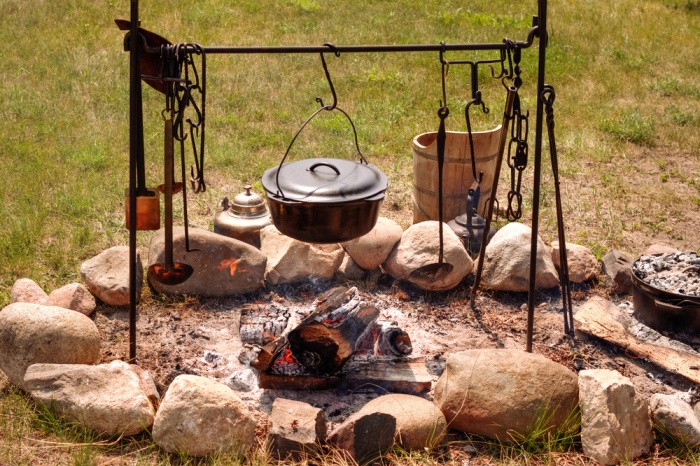

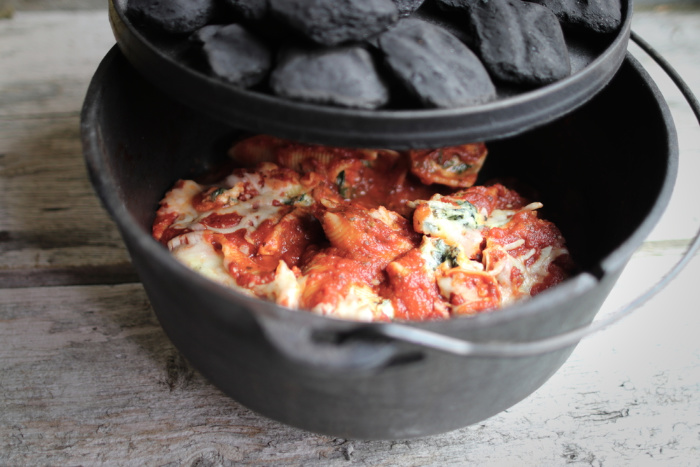
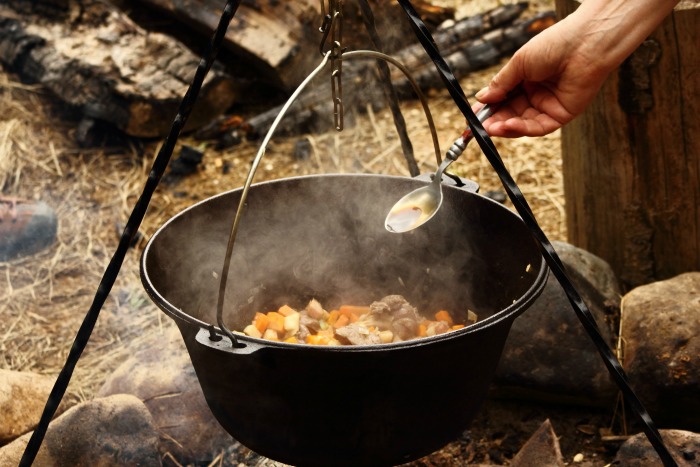
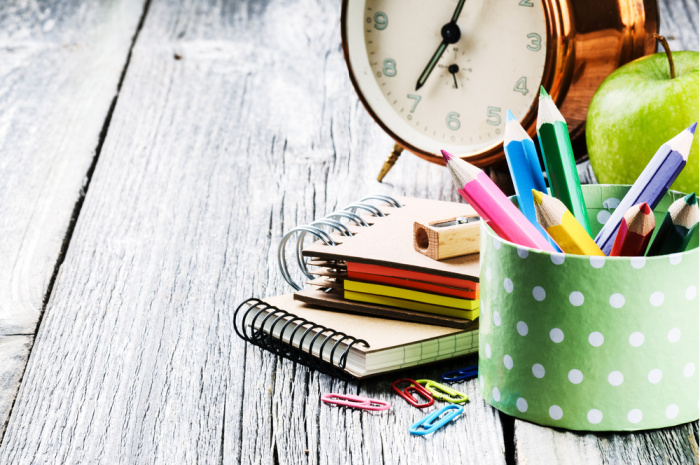
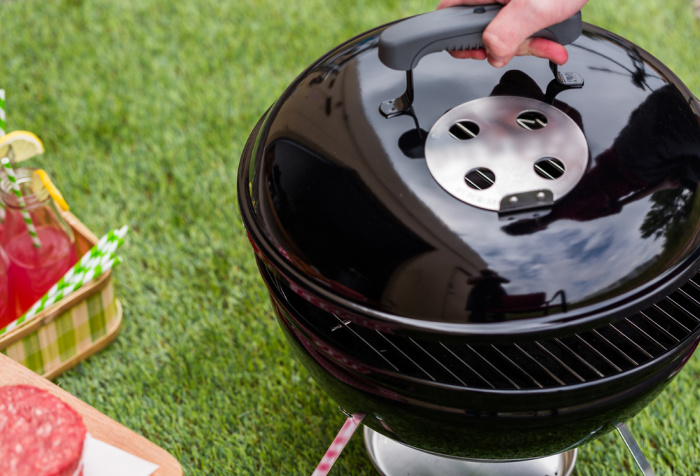
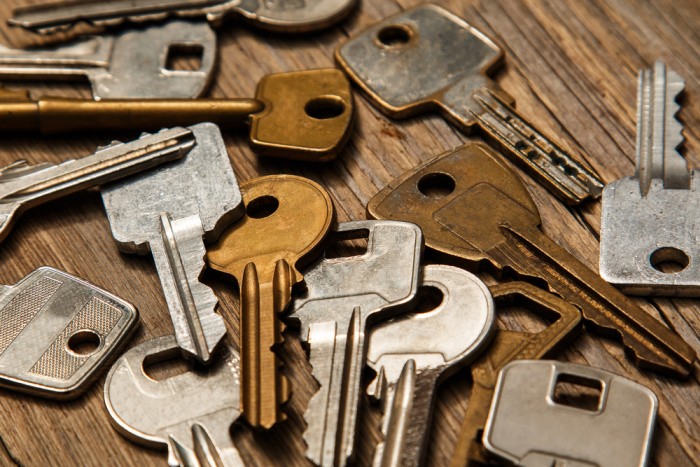
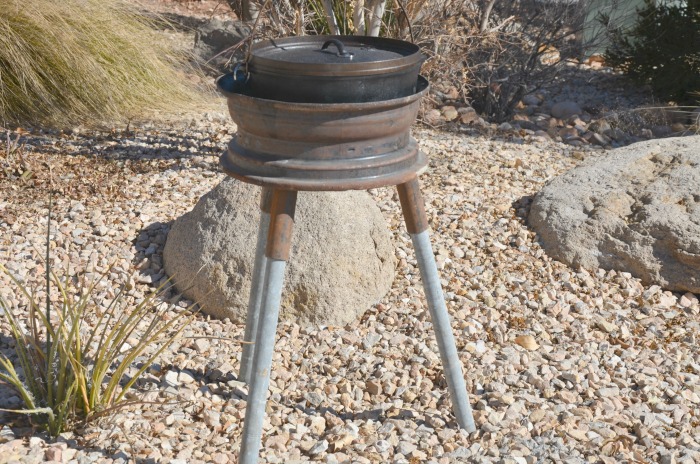
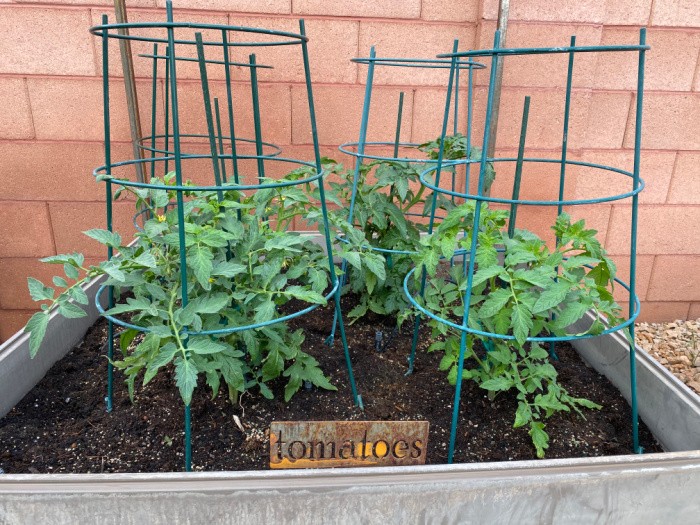
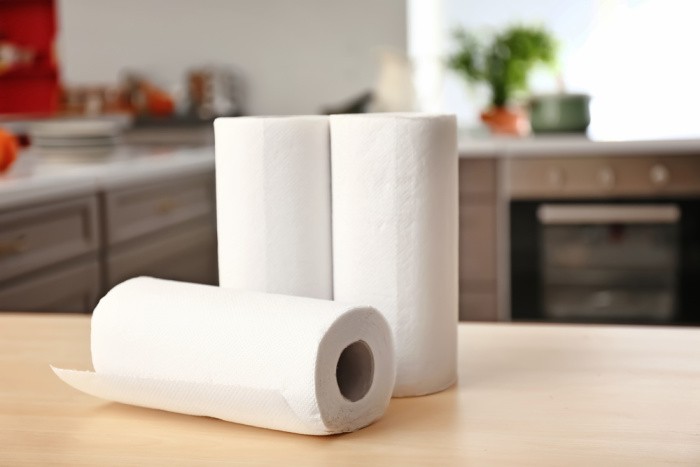
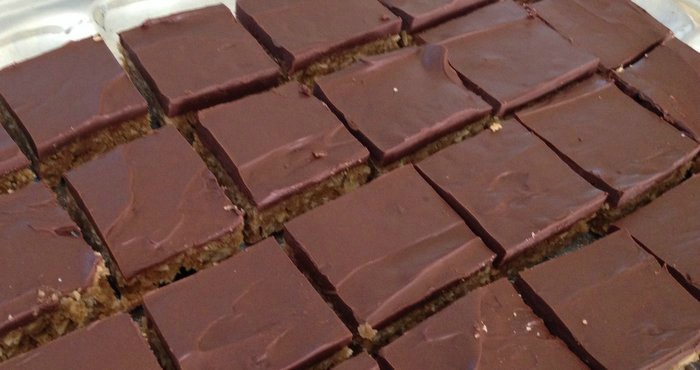
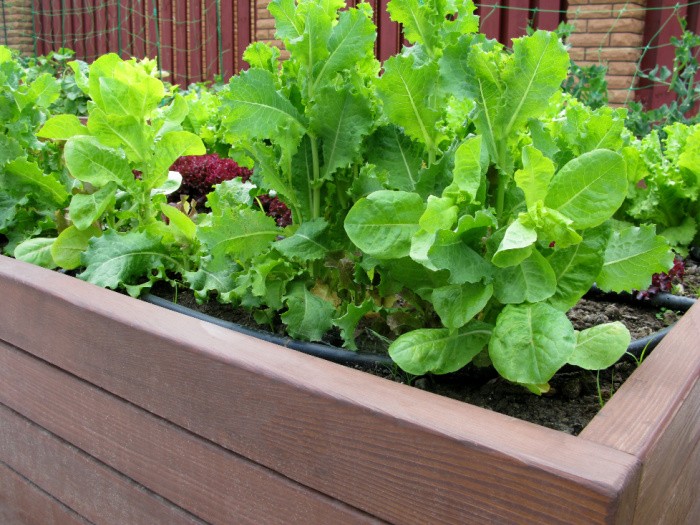
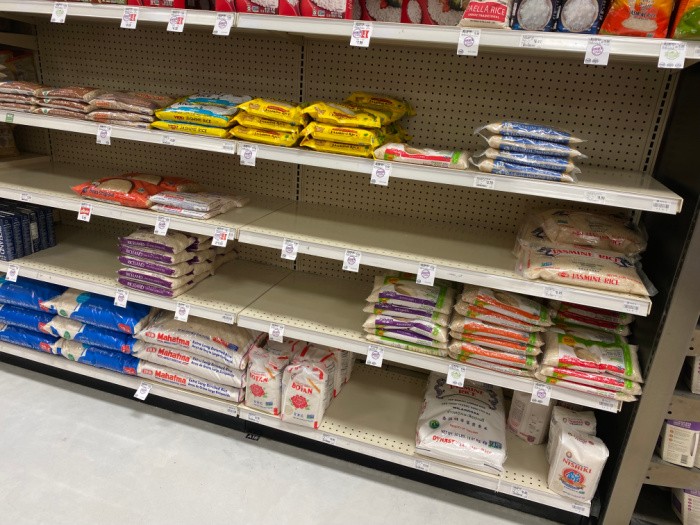
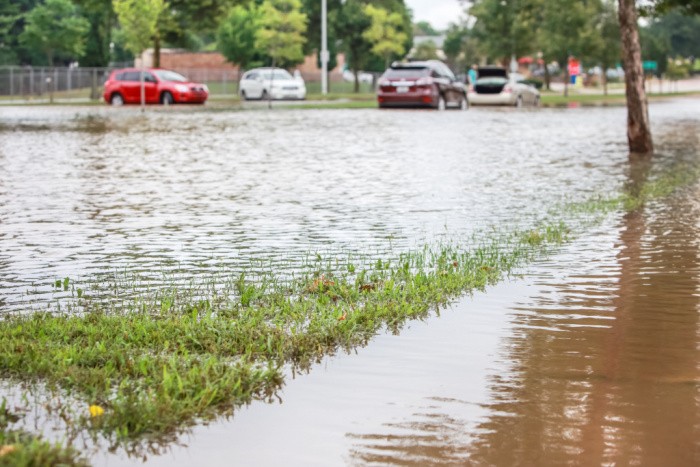
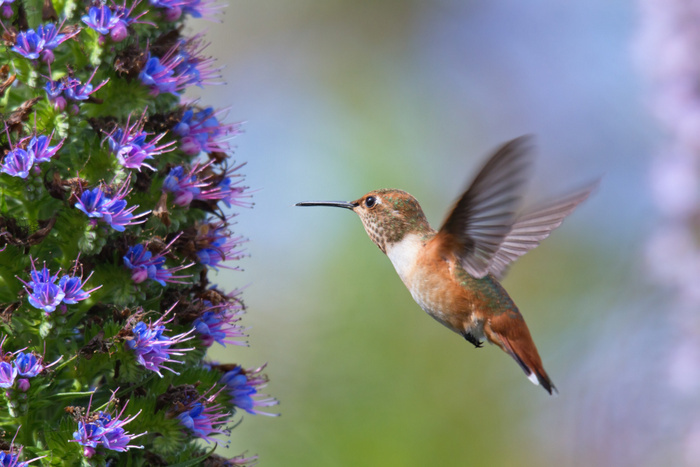
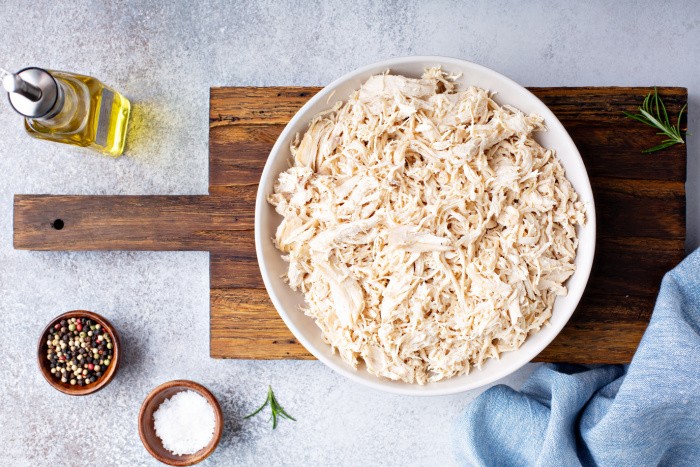
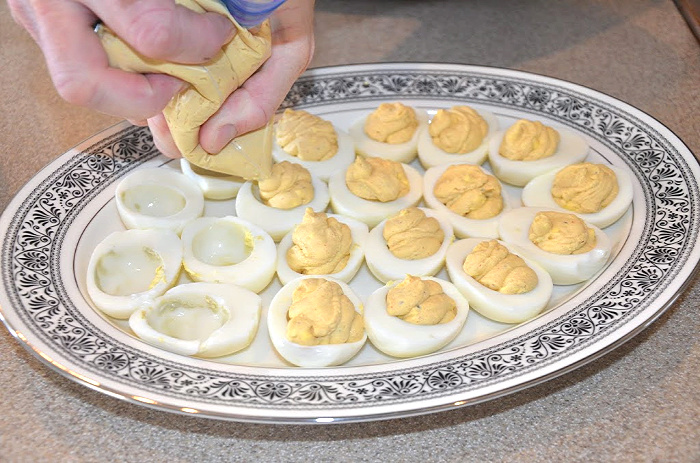
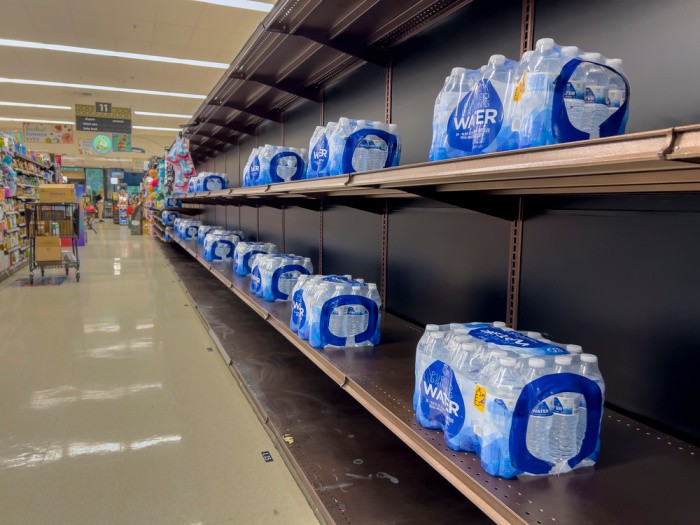
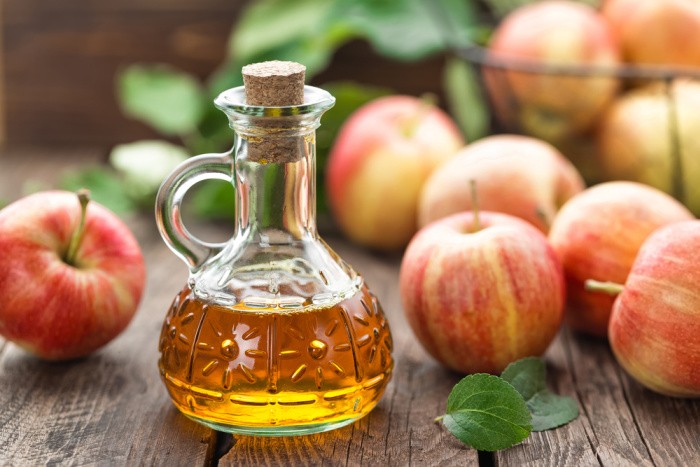


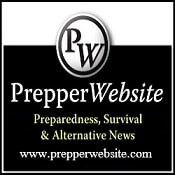
As our family’s “campfire builder” I love this post. Often when we’re at the cabin the kids grumble & complain when I ask them to get a couple buckets of water from the springhouse or creek. Having water right by the campfire is non negotiable!
And doesn’t everything just taste better cooked over a campfire? We love it.
HI Amy, I agree everything tastes better cooked outside and over a campfire! I can almost smell the bacon cooking!! Linda
Start small then build. Every year we go camping and I watch folks all season drag in a green 8ft log and try and light it. They’ll pour gas on it and anything else they can find.
Wood near lakes will have a higher moisture content. Collect away from it if possible.
“Look for the fluff” like cattails, nettle heads, cottonwood piles then dry grass, then small sticks kids love to pick up, then branches and finally a log. Build a teepee with the first 3 items then add and build from there. Light the fluff.
Like you said it takes time. A coal bed is the goal more than flame unless it’s marshmallows.
Start early as in collecting wood throughout the day then light it well before dark and as Linda stated 30-45minutes before time to cook.
Leave a good log on it at night and it’ll be easier to get breakfast going in a much shorter time.
For survival purposes don’t use any wood that hasn’t seasoned for 3-5yrs, if your bugging in, to reduce the smoke signature to almost nothing. Keep the flames low to minimize signature. Remember smells travel so have your stuff together to minimize time cooking and don’t throw any waste food into the fire. Have an overwatch if possible because when your cooking your not looking outward. In other words everyone doesn’t need to be standing around staring at that campfire. Times have changed.
HI Matt, great comment as always. I like the tip about leaving a good log on the fire at night for breakfast the next morning. I sure hope people practice building a fire even if it’s for hot dogs and marshmallows. It’s learning the skills before we need them. Good to hear from you Matt. Linda
We have a 5 gallon cast iron cauldron with stand and lid. Plus a wooden paddle to stir with. I originally got it for soap making, but found out it’s isn’t good for making lye soap.
Hi Deborah, you can make soup for the neighborhood in that one! I love it! Linda
Linda, I don’t have that many neighbors. I guess if everyone contributed something, it’d work. When Larry was working, they guys he worked with would fix something called squirrel head stew. Everybody brought something to put in the pot. I would’ve been scared to eat it. LOL
Sounds like the old “Stone Soup” arrangement to me! Love it!
HI Rhonda, it’s funny you would mention that, I remember reading people making soup with rocks/stones. Let’s hope we never have to do that!! LOL! Linda
HI Deborah, oh my gosh, I have the giggles! Squirrel head stew, I would be scared to eat it as well!!!! Linda
“Stone Soup” is a very old tale–French originally, I think–there have been several children’s book versions, but my favorite is the one by Marcia Brown, I think?–published in the 40s and won the Caldecott Award. It’s a fun “recipe” to do with a bunch of small kids, too!
Hi Rhonda, I need to look for those books, they sound so fun to read! It would be a fun recipe to make!! Linda
For open-fire and fireplace cooking, an excellent resource is Dorothy Hartley’s “Food In England.” The author was a “social historian,” I suppose would be a good term… Wrote many books on old ways of doing things, from agriculture to travel to craftsmanship to householding to (of course!) cooking. She does so in great detail in the book I referenced. Historical recipes and food preservation are a large part of the book. Fascinating even if you never have to go off-grid or worry about SHTF.
Another useful one is recent, just out last October–M. Allyson Szabo’s “The Re-Enactor’s Cookbook.” It’s written from the perspective of cooking at Renaissance Faires and similar events, but full of some nifty recipes and helpful open-fire cooking tips. I know it’s available via amazon, but I got mine directly from her at https://mallysonszabo [dot] weebly [dot] com/store/p1/cookbook [dot] html (remove spaces and [dot]s and insert the real dots)
Hi Rhonda, oh you know I love stuff like this, I want to check out these books! I love learning new stuff! Great idea! Linda